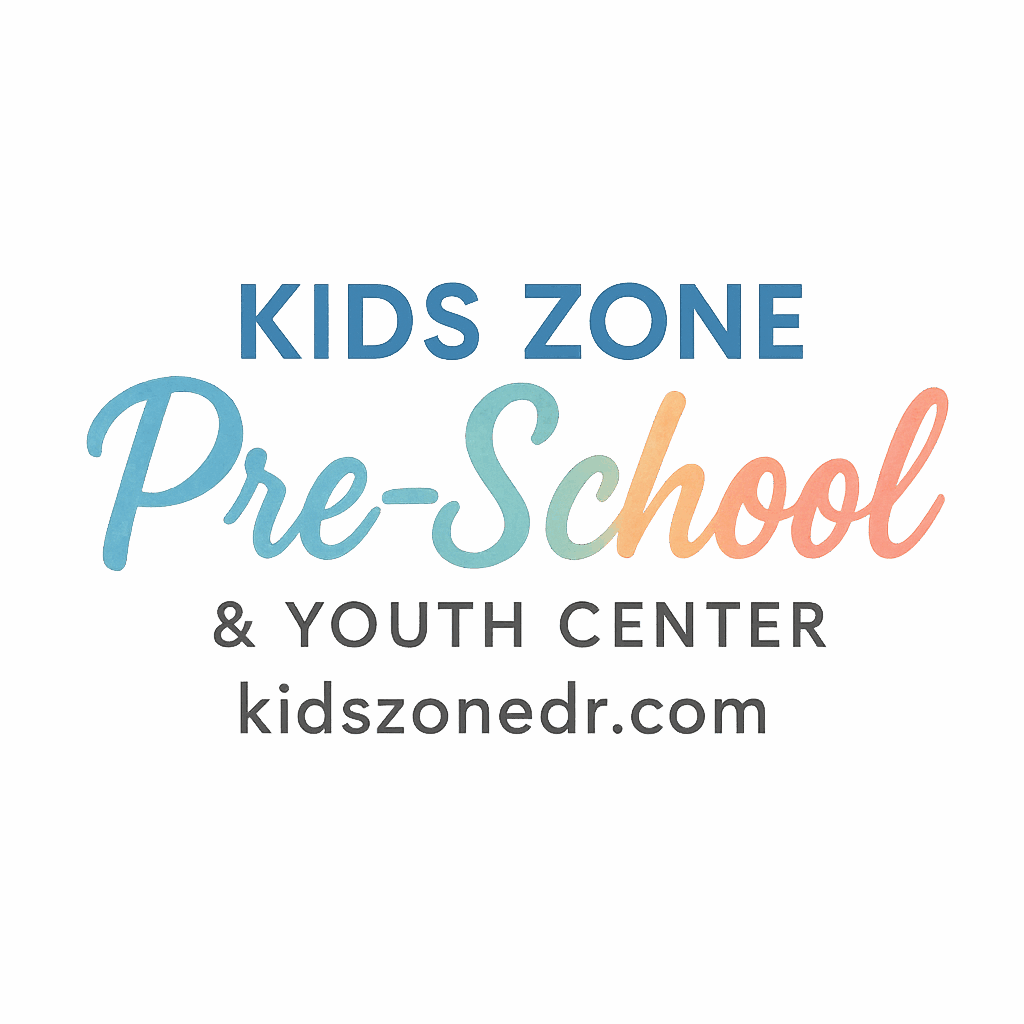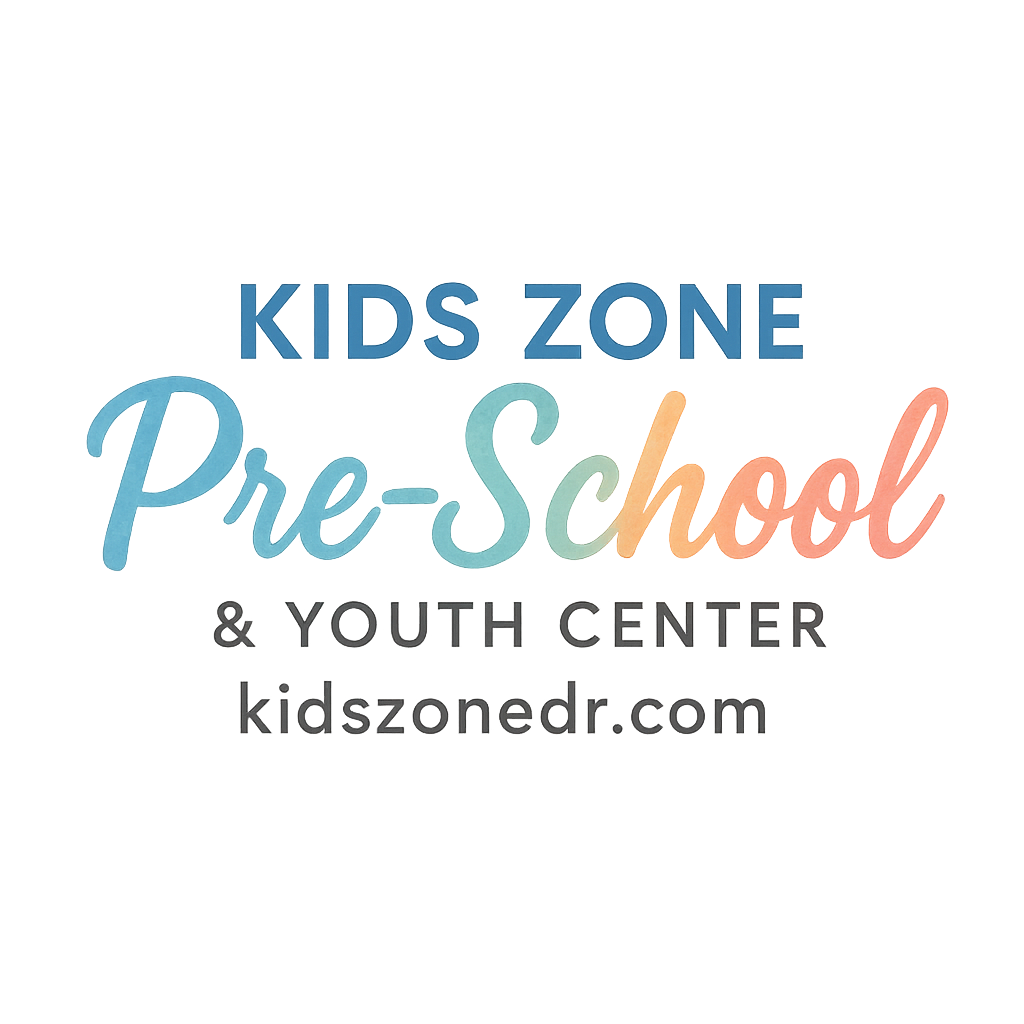If you’ve ever watched a child proudly announce, “I counted to ten all by myself!”, you know how magical those little milestones can be. Early math skills aren’t just about numbers—they build confidence, problem-solving abilities, and a strong foundation for lifelong learning. And the best part? Math doesn’t have to be boring or intimidating. In fact, preschool and youth center activities can make it exciting, playful, and hands-on.
In this guide, we’ll walk through 10 engaging activities that help boost early math skills in fun, everyday ways. Whether you’re a teacher, parent, or youth center volunteer, these activities can make math come alive for little learners.
Why Early Math Skills Matter in Preschool Development
Before diving into activities, let’s talk about why early math is so important. Research shows that children who develop strong early math skills often perform better not only in math but across subjects. Early math supports critical thinking, problem-solving, and even literacy.
Math in preschool isn’t about memorizing equations—it’s about exploring patterns, numbers, and logical thinking. It’s giving kids the tools to see the world in a structured, meaningful way.
For more about supporting preschool learning, check out Preschool Learning & Development.
The Role of Play in Learning Math
Play is the language of preschoolers. Through play, children naturally explore, test, and learn. Math activities rooted in play—like games, songs, or hands-on crafts—help concepts stick because they connect with joy and curiosity.
1. Counting Games with Everyday Objects
One of the easiest ways to introduce math is through counting. You don’t need fancy tools—just use what’s already around.
Using Blocks, Beads, and Toys
Ask children to line up toy cars or stack blocks while counting aloud. Beads can also be strung together to practice one-to-one correspondence.
Turning Snack Time into a Counting Activity
Who says snack time can’t be educational? Count out apple slices, grapes, or crackers together. It’s math with a side of healthy eating—two lessons in one!
For more ideas on healthy eating in preschool, see our resources.
2. Number Recognition with Fun Matching Games
Recognizing numbers is just as important as counting them.
Flashcards and Number Hunts
Create flashcards with numbers and ask kids to match them with the right number of objects. Or, hide numbers around the room for a scavenger hunt.
Classroom Wall Charts
A bright, interactive number chart lets kids point, trace, and recognize digits daily.
Explore classroom activities for more creative setups.
3. Shape Sorting and Geometry Basics
Shapes introduce geometry in its simplest form.
Using Puzzle Boards and Shape Blocks
Classic shape-sorter toys are fantastic for learning circles, squares, and triangles. Kids develop problem-solving skills while learning spatial awareness.
Outdoor Shape Hunts
Take kids outside to find shapes in the real world—rectangles in doors, circles in wheels, triangles in rooftops.
Learn how daily routines and activities make math natural.

4. Measuring Activities with Real-Life Tools
Preschoolers love comparing and experimenting.
Using Measuring Cups and Rulers
Introduce measuring by letting children pour water or sand into cups of different sizes. Use rulers to measure simple classroom items.
Comparing Sizes in Daily Routines
Ask: “Which shoe is bigger?” or “Is this book taller than that one?” It’s math woven into everyday life.
5. Simple Board Games That Teach Math
Games = fun + learning.
Dice Games for Number Sense
Rolling dice teaches number recognition and probability. Kids can add dots or race game pieces across a board.
Dominoes and Card Games
Dominoes help with matching and patterns, while simple card games introduce number comparison.
For more family-involved activities, check parental involvement in preschool.
6. Storytime with Math-Infused Books
Books are powerful for blending literacy and math.
Counting Stories and Rhymes
Classics like “Five Little Ducks” or “Ten in the Bed” naturally teach subtraction.
Asking Predictive Math Questions
Pause during stories and ask: “How many apples are left if one falls?” Kids love guessing and predicting.
Check out child talk resources to make storytime even more interactive.
7. Music and Movement for Math Rhythm
Who doesn’t love singing and dancing? Rhythm connects beautifully to math.
Counting Steps in Dance
Create dances where kids step in patterns of 2s, 3s, or 4s.
Clapping Rhythms for Addition/Subtraction
Clap once, then twice—ask how many claps in total. It’s math that feels like play.
Explore more on daily preschool routines.
8. Nature Walks and Outdoor Math Exploration
The outdoors is a living math classroom.
Counting Leaves, Rocks, and Flowers
Ask children to collect five rocks or ten leaves. It strengthens counting while connecting them with nature.
Comparing Weights and Sizes Outdoors
“Which rock is heavier?” or “Which tree looks taller?” introduces measurement concepts in real life.
Discover the value of growth milestones through nature play.
9. Art and Craft Activities with Math Concepts
Art helps math shine through creativity.
Pattern-Making with Colors and Shapes
Have kids create repeating patterns—red-blue-red-blue—using crayons, stickers, or paint.
Symmetry in Drawing and Folding
Folding paper in half to make symmetrical butterflies introduces geometry playfully.
For more structured ideas, see preschool features and activities.
10. Digital and Interactive Math Games
Tech can support learning when used wisely.
Age-Appropriate Learning Apps
Simple apps with counting, matching, and puzzles make math engaging for tech-loving kids.
Smart Boards in Youth Centers
Interactive whiteboards allow group games where kids drag numbers, match shapes, or solve puzzles together.
Explore modern classroom structures.
How Parents Can Support Math Learning at Home
Teachers and parents are a team when it comes to nurturing early math.
Creating a Daily Math Routine
From counting steps on the way to school to comparing fruits at the market, parents can add math into everyday life.
See daily routines and preschool activities for more guidance.
Encouraging Curiosity and Questions
If a child asks, “Why is this bigger?”—that’s math curiosity in action! Encourage it rather than rushing for the answer.
Building Confidence Through Math Play
Confidence is as important as skill. Kids who feel good about math will keep exploring it. Using games, praise, and patience helps children see math not as a chore but as a fun challenge.
For more tips, explore confidence-building in preschoolers.
Conclusion
Math in preschool doesn’t have to mean worksheets or drills. Through playful, engaging activities, children can build strong early math skills that set the stage for lifelong learning. From counting snacks to clapping rhythms, each of these activities brings math to life in ways that excite curiosity and nurture confidence.
The key takeaway? Math is everywhere—it’s in nature, art, play, and stories. All it takes is a little creativity and encouragement to turn everyday moments into math adventures.
FAQs
1. What age should children start learning math skills?
Preschoolers (ages 3–5) can begin learning basic math through counting, shapes, and patterns.
2. How can I make math less intimidating for young children?
Keep it playful. Use games, songs, and storytelling instead of formal lessons.
3. Can outdoor activities really teach math?
Absolutely! Nature walks are great for counting, comparing, and measuring.
4. What if my child struggles with number recognition?
Use fun games like scavenger hunts and matching activities to build familiarity.
5. Are digital math apps safe for preschoolers?
Yes, as long as they’re age-appropriate and used in moderation.
6. How can parents support math at home?
Integrate math into daily routines—count groceries, compare shoe sizes, or clap rhythms together.
7. Why are math skills linked to overall school success?
Early math builds logical thinking, problem-solving, and confidence, which benefits all learning areas.
👉 Related Resources:


